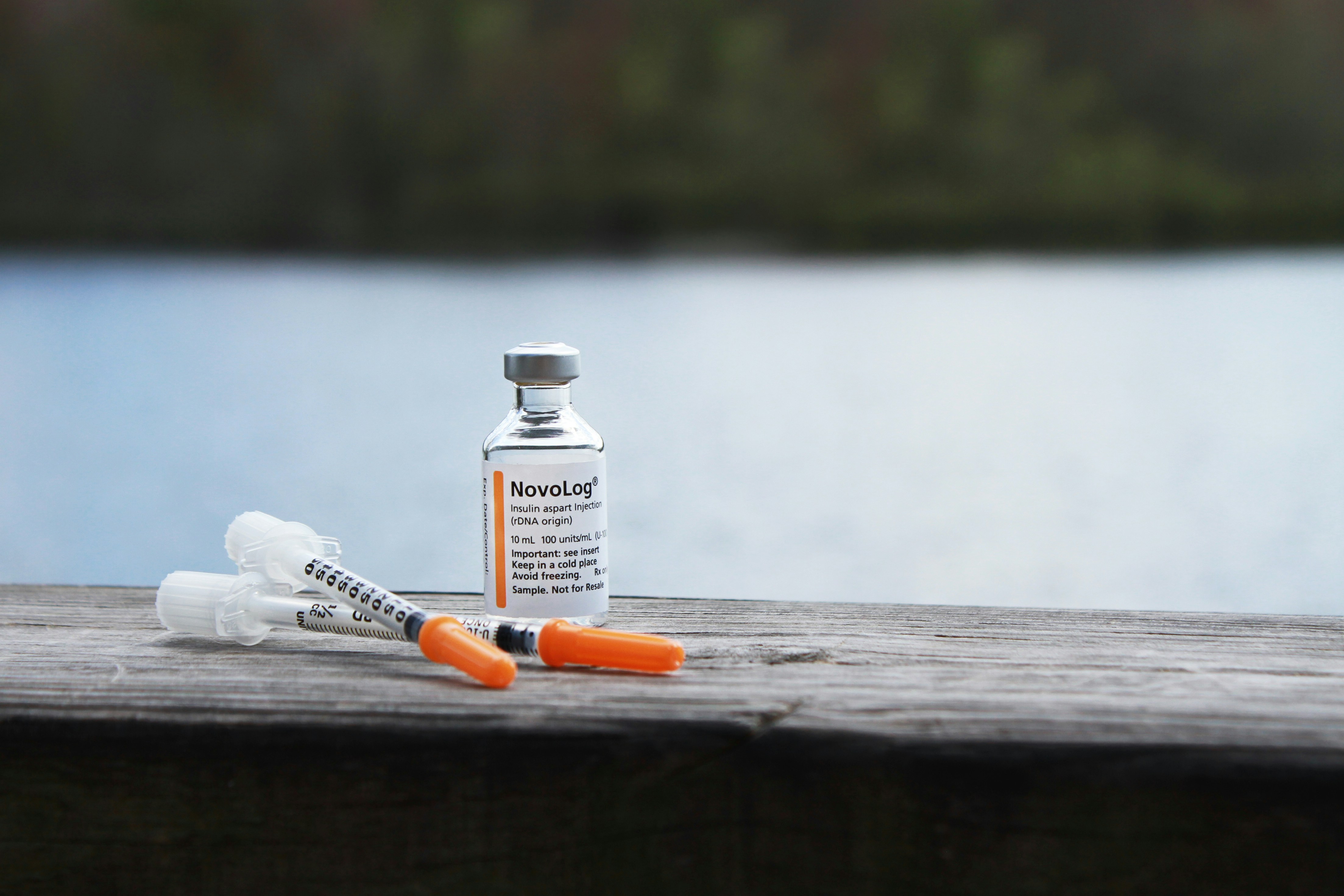Living with Type 1 Diabetes goes beyond the numbers. From the mental load to the care gap, here are 6 hard truths every T1D should know—and how to navigate them with confidence.

1. Diabetes Is NOT Just About the Numbers
Managing T1D is often portrayed as a science of perfect control, but the truth can be far messier. Blood sugar levels can swing for reasons beyond our control—stress, hormones, even the weather. Blood sugar levels can swing for reasons beyond our control—stress, hormones, even the weather. It can feel like a constant guessing game where even our best efforts don’t always lead to the desired outcome.
The truth? Perfection is unrealistic. What truly matters is persistence. There will be good days and bad days, and that’s okay. Every effort we make is a step toward better health, and every challenge is an opportunity to learn more about our bodies. Our resilience is what counts, and it's important to give ourselves credit for showing up every day, despite the ups and downs.
2. Why Every T1D Becomes Their Own Expert
Doctors and devices provide guidance, but no one knows our bodies better than we do. Many of us develop a sixth sense for our blood sugar levels—intuition built over years of living with the condition. This sense often becomes more reliable than the alarms on a continuous glucose monitor (CGM) or a textbook insulin dosing rule.
For example, when dealing with a pump site failure, we might notice unexplained high readings despite recent insulin doses. We may need to act quickly, switching to manual injections and estimating the insulin required to bring things back in range. Or when a CGM reading seems suspiciously low, we may rely on our own judgment to determine whether it's a false alarm.
Trusting ourselves and learning from our experiences empowers us to make the best decisions for our health. We know our bodies better than anyone else, and that knowledge helps us stay balanced, even when technology isn’t perfect.
3. The Mental Load of T1D Is Real—Here’s How to Avoid Burnout
Type 1 Diabetes isn’t just a physical condition—it’s a mental marathon. We make an estimated 180 decisions about our health every day, from insulin doses to snack choices. This 24/7 responsibility can lead to burnout, especially when it feels like there’s no room for error. Taking breaks and finding moments of peace is as vital as managing numbers.
It’s important to acknowledge these feelings and remember that burnout doesn’t mean we’re failing—it means we’re human. Whether it’s taking a day off from meticulously counting every carb or allowing ourselves a mental break from relentless alarms, giving ourselves grace is key to long-term well-being.
Celebrate Small Wins
We need to celebrate the small victories and remind ourselves that it’s okay to rest. Did you remember to pack your diabetes supplies before heading out? That’s a win. Did you time your dose correctly before eating a particularly carby meal? Another win. Recognizing these moments helps shift our focus from what went wrong to what went right.
4. Feeling Misunderstood as a T1D is Normal. Remember You’re Not Alone.
Explaining T1D to others can be exhausting. Whether it’s a well-meaning friend comparing our condition to their grandparent’s Type 2 diabetes or a co-worker misunderstanding our sudden need for a juice box, social interactions often come with added layers of complexity.
It’s okay to be honest about your T1D and let people know if their comments are inaccurate or if they misunderstand your condition. By educating others, we can help dispel misconceptions and create more understanding.
Speak Up and Advocate for Yourself
If you need help—whether it's asking someone to keep an eye out for signs of a low or simply needing a moment to sit down and rest—it’s okay to speak up. Living with T1D requires strength, and advocating for yourself is part of that strength.
5. T1D Deserve More Accessible and Personalized Care
Imagine needing urgent help, only to be told you'll have to wait weeks—maybe even months—to get an appointment. This is the reality for many of us. The care gap in the U.S. is significant, with more than 5,000 diabetics for every endocrinologist. Some T1Ds wait 5-12 weeks just to meet with a provider.
Many people feel let down by the current medical system, which often focuses on surface-level metrics like A1c rather than the daily struggles of life with diabetes. Appointments feel rushed, and care can be impersonal. But it doesn’t have to be this way. Advocating for ourselves and seeking out providers who truly listen can make a difference.
The good news? There are dedicated, compassionate healthcare providers out there. By pushing for better care and finding professionals who understand our needs, we can get the support we deserve.
6. Finding Your T1D Community Can Change Everything
Living with Type 1 Diabetes can sometimes feel isolating, but there’s an amazing community out there ready to support us. Whether you're a parent navigating life with a newly diagnosed child, a college student balancing glucose levels with campus life, or an athlete pushing for your next personal best, there’s a space for you.
Where to Find Your T1D Community
You can find support through local diabetes support groups, Facebook groups for parents, and niche online forums for young adults. Diabetes camps provide children and teens the opportunity to meet peers facing similar challenges, while athletes can find like-minded individuals through programs like the Diabetes Sports Project.
Even following T1D influencers on Instagram or YouTube can make a huge difference—hearing from others who share your experience can be empowering and comforting.
Join a Community That Truly Understands
At GlucoSense, our goal is to make diabetes less about the numbers and more about living our best lives. If you’re looking for a T1D community that gets it, join us today and connect with people who understand your journey. Because no one should have to manage T1D alone.


